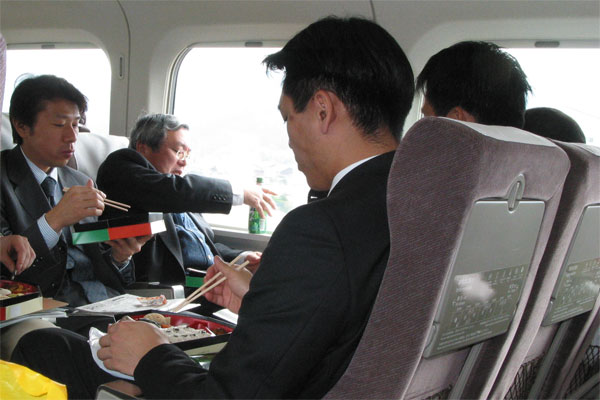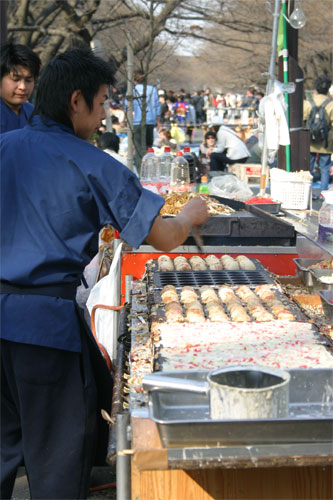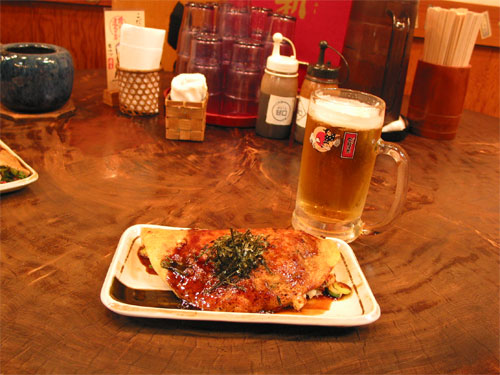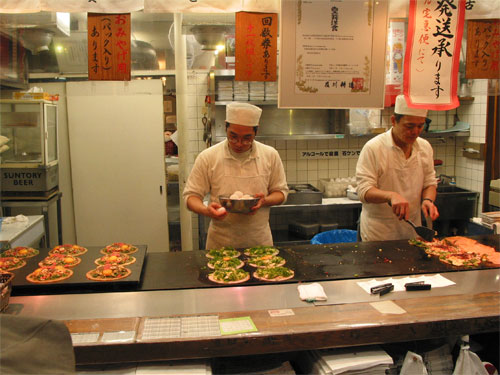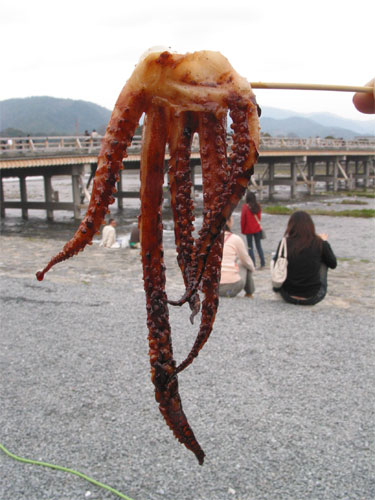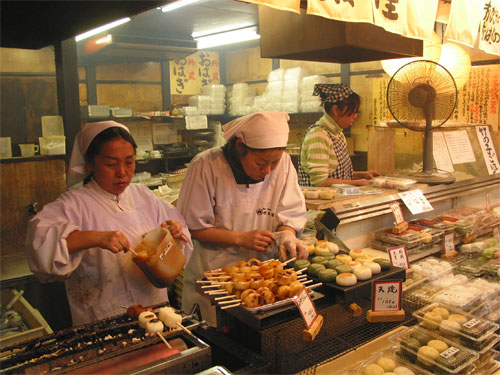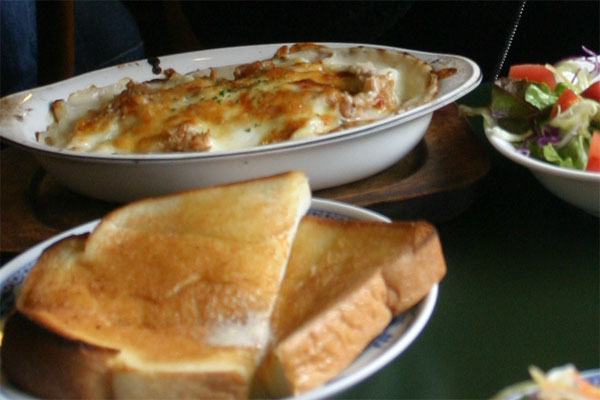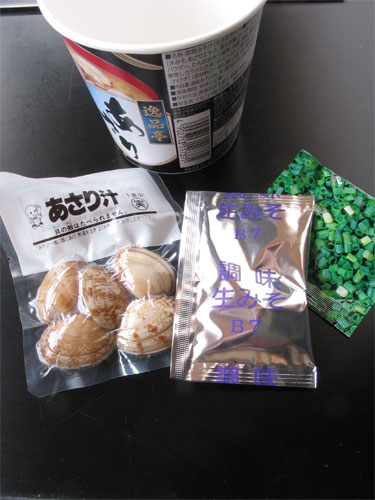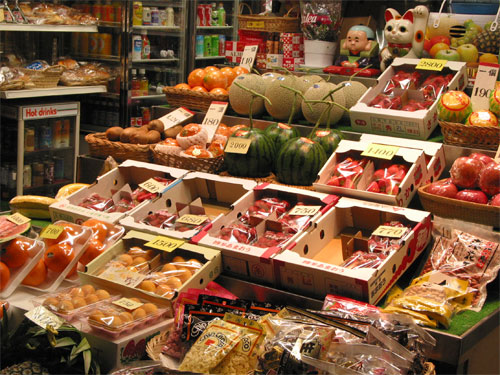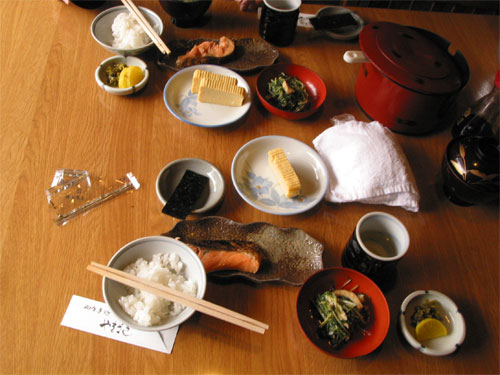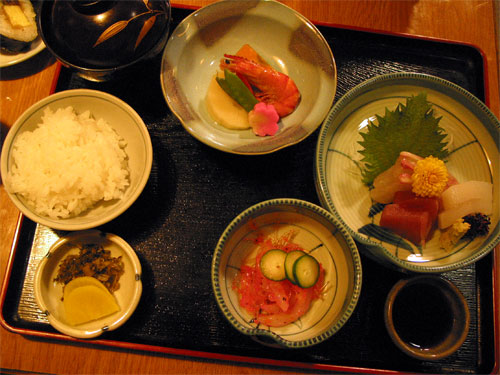Let’s talk about what me and every other plebeian cares most deeply about: bread and circuses. Like many of my fellow semi-autistic software developers and primitive cave people I fear the unknown in both food and entertainment. I have to make conscious efforts to try out new stuff and turn it into a source of comfort. I’d like to share with you some patterns I discovered for myself.
Anthony Bourdain, the author of the awesome Kitchen Confidential likes to ask people on his slightly less awesome TV show about their choice of a last meal. Most people chose comfort food. Also, there’s the cliche question about a book one would take to an uninhabited island, but I am guessing most people would pick the most comforting literature as well. I’d like to make three cuisine/dish/author/book pairings in descending order of comfort they bring me.
At the top of the list is Vietnamese cuisine and novels by David Mitchell. Vietnamese food has explosive flavor, amazing variety of textures and is at the same time very light, fresh and very filling. Same is true about Mitchell’s novels.
My favorite Vietnamese dish is Pho, which is basically a clear beef broth with herbs and spices topped with noodles, thin slices of meats, onions, fresh cilantro, mint, basil and bean sprouts. You can add some hot chili sauce and lemon juice to taste. Good Pho broth is simmered for 6-8 hours, and the meat from the broth bones is reserved for other dishes, but never Pho itself. The main part, the spiced broth is umamiest thing ever. It’s like the explosion of beef on your tongue, the substance of the dish. It’s the toppings that add interest to Pho. When you order it, you get a wide variety of choices of thinly sliced meats. You can stick with traditional steak, flank, and brisket. I very much like cheap cuts and organ meats because they have better flavor and texture – tendon, tripe, liver, navels etc. There’s something called “omosa” – I am not sure what it is, but I’ve had it many times and it’s way tasty. Then you have another level of texture and flavor – noodles, cilantro, crunchy bean sprouts, fresh onions, basil and mint. All the topings are added just before eating. It’s a meal in a bowl, meaty, but not greasy, and oh so fresh. It’s kind of like eating a very good steak and a very good salad, but better.
Mitchell’s novels are literary Pho. His books are both light and serious reading. The primary example of his work is his masterpiece, Cloud Atlas. Mitchell has a rare talent of flawlessly mimicking a wide spectrum of genres and styles, and he does not hold back. Also, he likes to play around with the physical structure of his novels in subtle and not so subtle ways. He shaped Cloud Atlas from six stories that range in style from Victorian travel journal to a post-apocalyptic science fiction story. Furthermore, he sliced the five stories in half and wrapped them around a central story in a matryoshka doll fashion. At first it is rather jarring to find that the short story you are reading is cut in the middle and a new one is starting coitus interruptus-style just as you adjusted to the places and people. But then you notice, that everything is connected and interlocked in various subtle and elegant ways. First of all, in every story there’s a character with a birthmark that looks like a comet. The first story is a found and read in a book form by a character from the second story. The fourth story is watched in a movie form by the character from the fifth story. A character mentioned in the second story is… well, I don’t want to spoil it for you, but there are many, many hyperlinks in Cloud Atlas. Everything is further tied together with common themes: loss of freedom, violence, pacifism, betrayal, civilization vs barbarism, reincarnation. Mitchell even uses cheap subconscious tricks: certain words and expressions are repeated in different contexts in his books almost in every chapter (I’ll let you find out which ones).
For some weird reason I am very attached to some Mitchell’s characters. He does this strange thing, where the characters reappear in different books, sometimes making an important contribution, and sometimes playing the most insignificant role. My two favorite characters – Mongolian hitman, weapons dealer and all-around villain Suhbataar, and publisher Timothy Cavendish make two appearances each in three different books. Suhbataar reminds me of the hitman in the murder that happened on the sidewalk which I wasn’t on during lunch only because I wanted to finish a piece of code before eating. Timothy Cavendish – I met a few people very much like him. One’s a villain, another – well, morally gray, yet strangely endearing. Both very, very real to me.
I finished all of Mitchell’s other novels – Ghostwritten, number9dream
, Black Swan Green. Now I really only reading other books just to tide me over until his next book is going to come out. In 2009! Really, not a day goes by when I don’t think about what it’s going to be like. It’s almost an unhealthy obsession.
In short, go read some David Mitchell and go eat some Pho. I might like that Japanese gangster showdown in number9dream and that tripe in Pho, but you might find other things that will become your favorites.
Tomorrow I’ll try to write the second installment, about Korean BBQ and Mark Haddon’s Agent Z series. The last one is going to be Japanese smelts and Donald Westlake’s Dortmunder series plus uni roe and Gideon Defoe’s Pirates! series (a two-fer!).
Also, let me know what dishes and cuisines you’d pair with what authors and books (but no Harry Potter and Discworld – in my mind they go together with califlower and boiled onions – other people might like them, but I just don’t have the taste for them).
